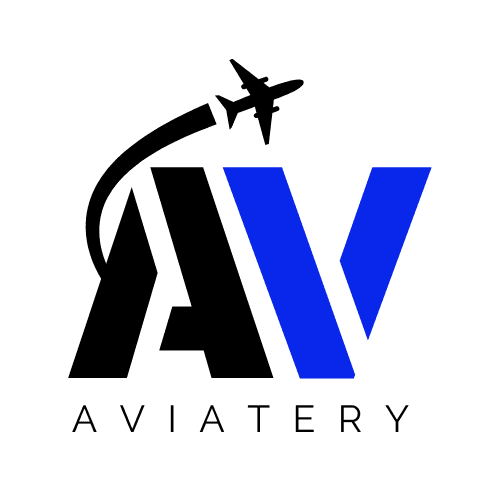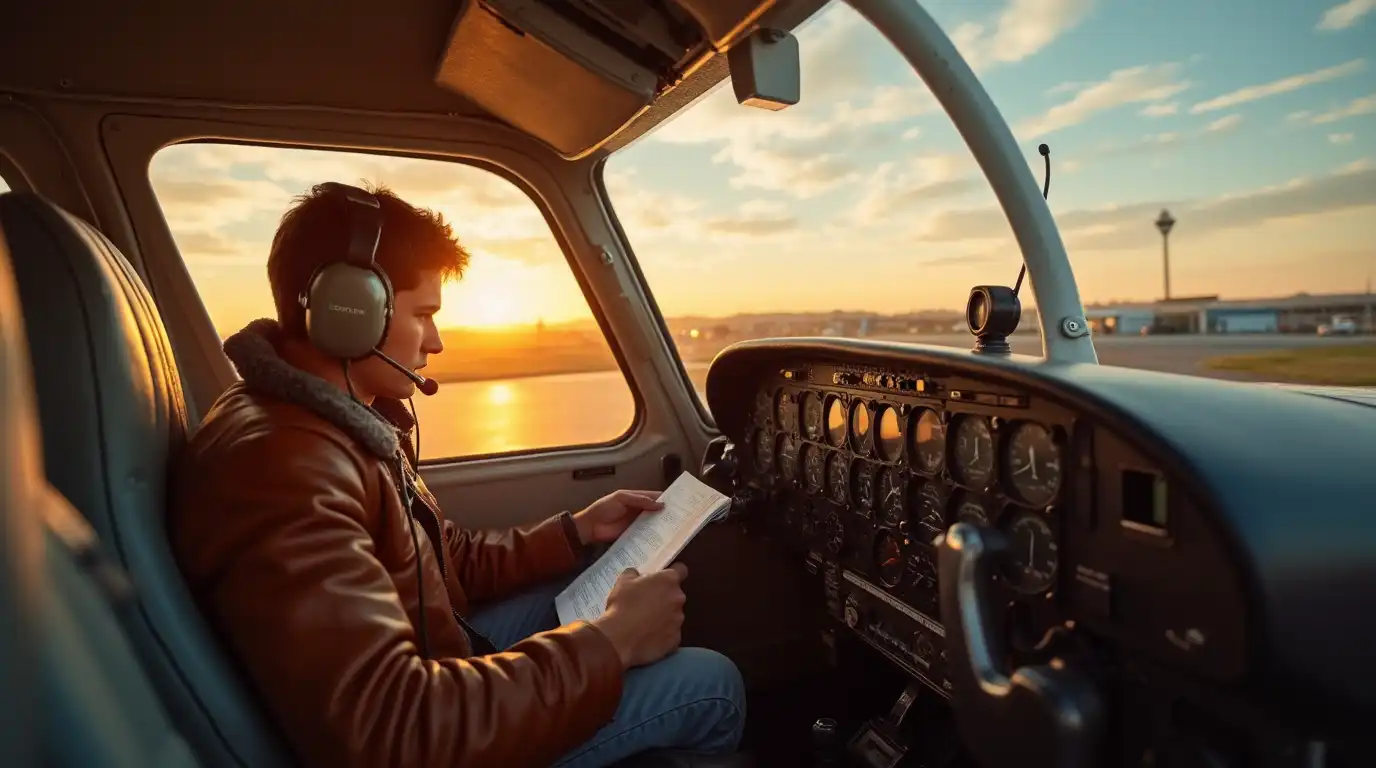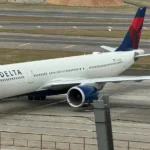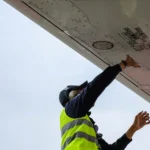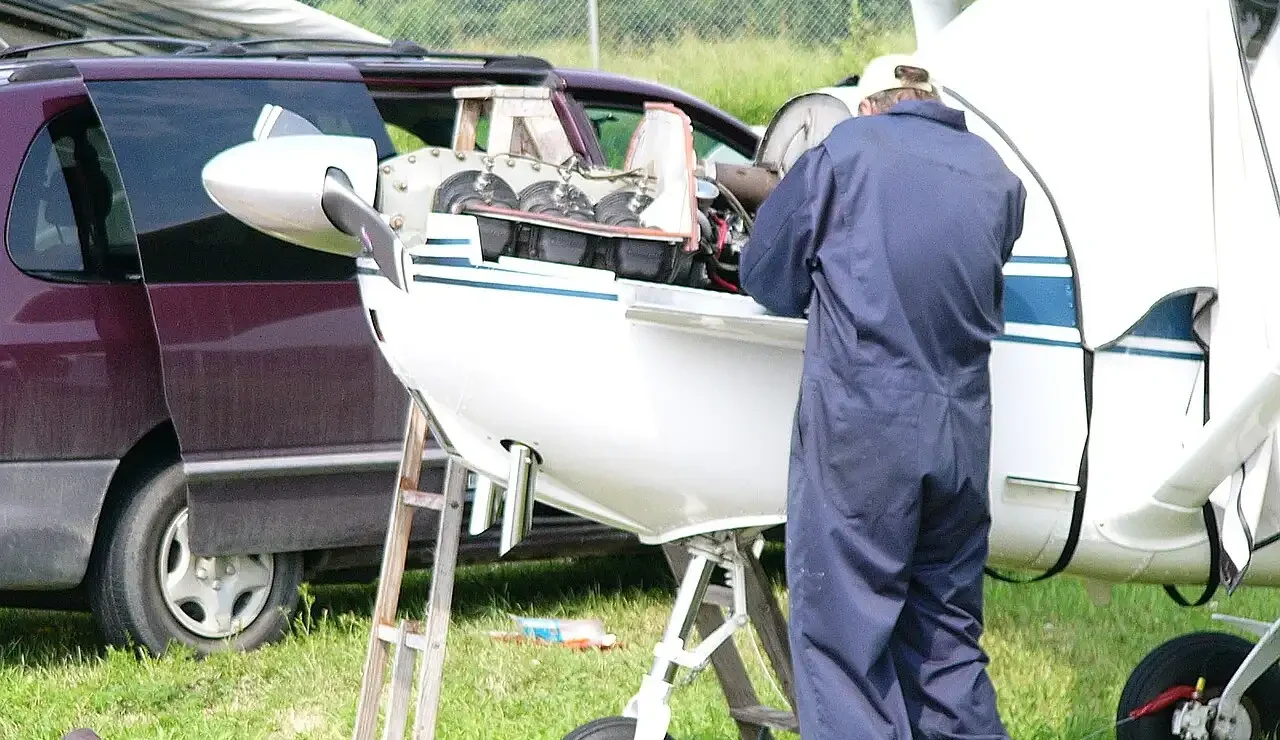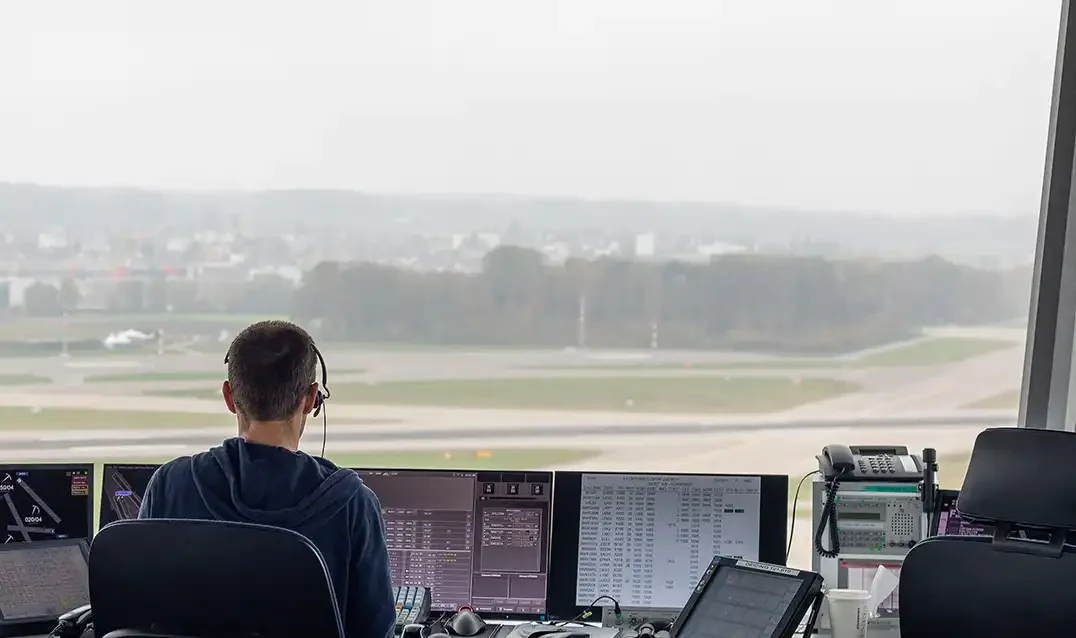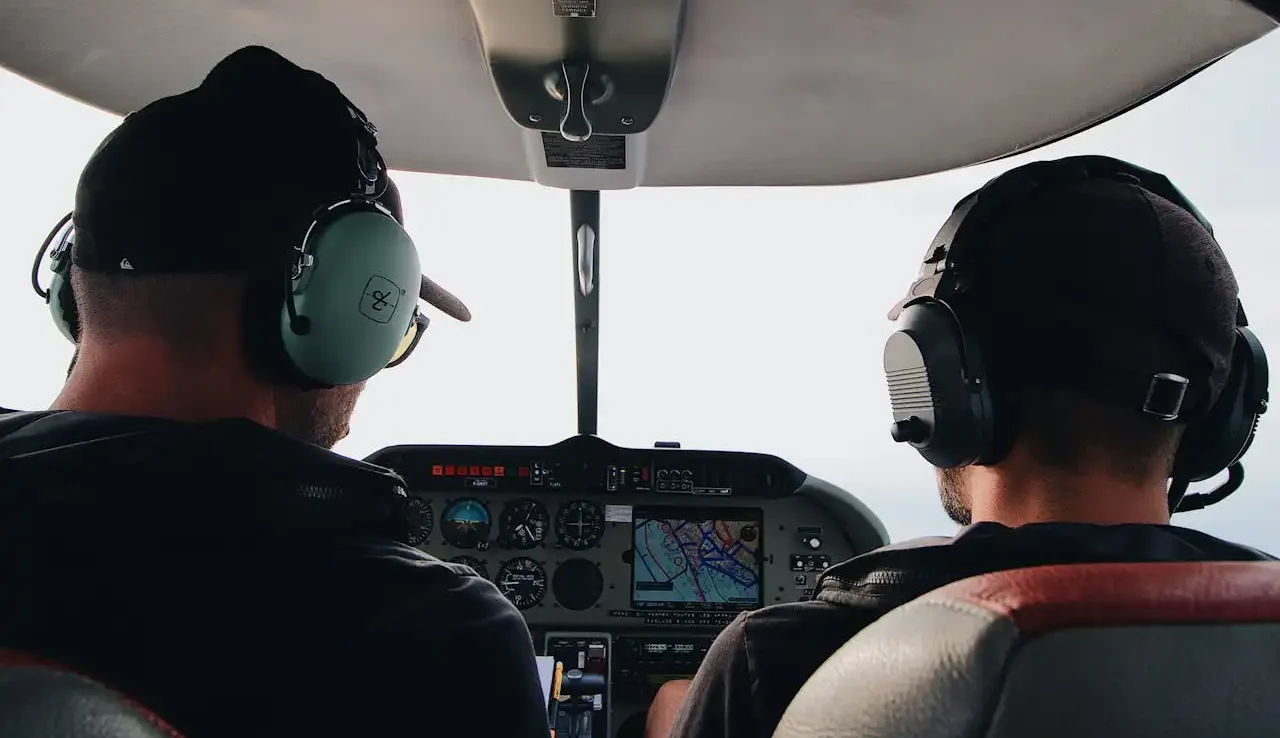How Long is the Private Pilot License Timeframe? The Truth Revealed
The private pilot license timeframe is one of the most common questions asked by aspiring aviators. According to the Federal Aviation Administration (FAA), while there’s a minimum requirement of 40 flight hours to obtain your private pilot license, the national average is actually 60-75 hours. This discrepancy often catches new students by surprise, leading to budget overruns and timeline extensions.
The journey to earning your wings typically spans 3-9 months, though this private pilot license timeframe can vary significantly based on several factors. The Aircraft Owners and Pilots Association (AOPA) reports that only about 20% of students complete their training within the minimum required hours, while the majority require additional instruction time.
Factors That Impact Your Private Pilot License Timeframe
Your path to becoming a private pilot is unique, and several key factors will determine your personal private pilot license timeframe:
- Training Frequency: Students who fly 2-3 times per week typically complete their training in 3-4 months, while those flying once weekly may take 6-12 months. According to a study by AOPA’s Flight Training Experience, consistency is the single biggest factor in training efficiency.
- Weather Conditions: Seasonal weather variations can significantly extend your private pilot license timeframe. Students training in regions with severe winters or rainy seasons may face weeks of canceled lessons.
- Training Program Type: Part 61 vs. Part 141 flight schools offer different approaches. FAA statistics show that Part 141 students complete their training in fewer hours on average (55-60) compared to Part 61 students (60-75).
- Financial Resources: Students who pre-pay for training packages or have continuous funding typically progress faster than those who train intermittently due to financial constraints.
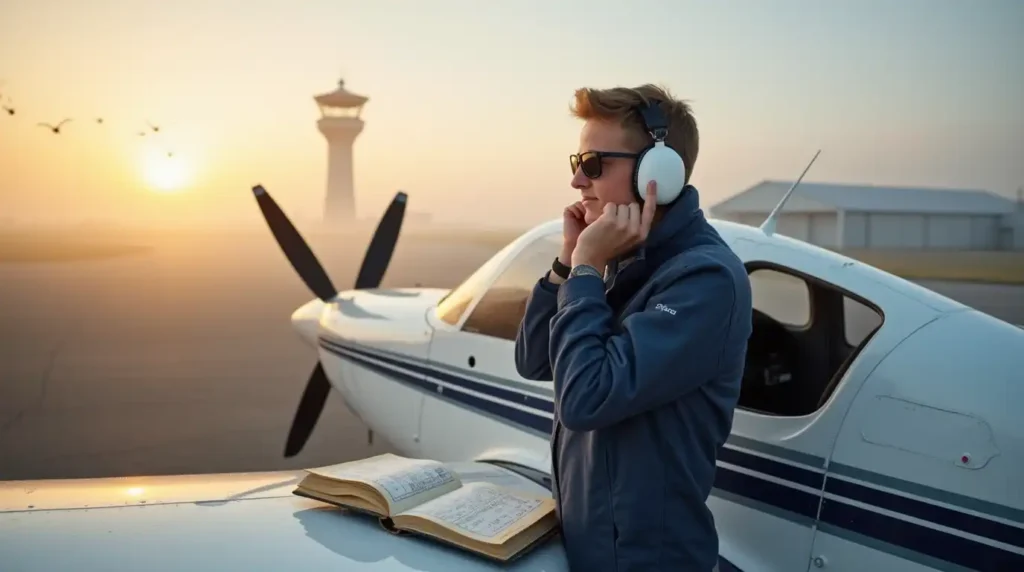
Accelerating Your Private Pilot License Timeframe
If you’re looking to minimize your private pilot license timeframe, consider these proven strategies:
- Immersive Training Programs: Some flight schools offer accelerated programs where you can earn your license in as little as 2-3 weeks through full-time, intensive training.
- Home Study Efficiency: According to flight instructor surveys from Bold Method, students who consistently study between lessons typically require 15-20% fewer flight hours.
- Simulator Usage: Incorporating simulator training can help you master procedures and emergency scenarios without burning flight hours or fuel costs.
- Weather Planning: Scheduling your training during favorable weather seasons can prevent the start-stop pattern that extends many students’ private pilot license timeframe.
Don’t underestimate the importance of selecting the right instructor. The chemistry between student and teacher can significantly impact your private pilot license timeframe, with compatible teaching styles potentially saving dozens of hours.
The private pilot license timeframe represents more than just a period on your calendar—it’s an intense journey of skill-building and personal growth. By understanding the realistic timeline and factors that influence your training duration, you can set proper expectations and develop strategies to earn your certificate efficiently.

Frequently Asked Questions About Private Pilot License Timeframe
What’s the fastest possible private pilot license timeframe?
In ideal conditions with full-time training (5-6 days per week), excellent aptitude, and good weather, it’s possible to earn a private pilot license in 2-3 weeks. These accelerated programs typically cost $12,000-$15,000 and require complete dedication during the training period.
Does age affect the private pilot license timeframe?
While you must be at least 17 to obtain a private pilot license, age can impact learning rates. FAA research indicates that middle-aged students (30-45) often complete training most efficiently, balancing cognitive abilities with life experience and discipline.
Can I work full-time while pursuing my private pilot license?
Yes, many students successfully balance full-time jobs with flight training. However, this typically extends the private pilot license timeframe to 6-12 months, as training is usually limited to weekends and occasional weekday lessons.
What percentage of student pilots actually complete their training?
According to FAA statistics, only about 40% of students who begin flight training ultimately earn their private pilot license. Financial constraints and timeline extensions are the two primary reasons cited for discontinuing training.
How does seasonal weather affect the private pilot license timeframe?
Training initiated in spring typically has the highest completion rate, as students can capitalize on summer’s favorable weather. Winter starters often experience a 20-30% longer private pilot license timeframe due to weather cancellations and fewer daylight hours.
Are there any shortcuts to reducing the private pilot license timeframe?
While there are no true shortcuts to building necessary skills, coming prepared to each lesson, chair-flying procedures at home, using flight simulation software, and completing ground school requirements early can significantly reduce your overall training time.
